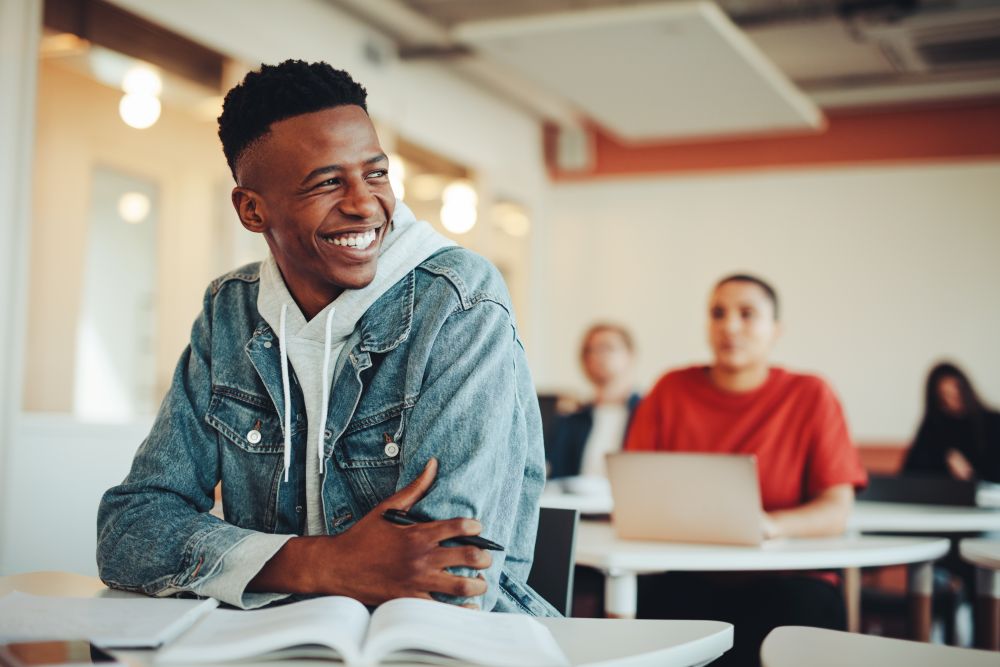
Are you looking for truck drivers to transport your goods regionally or interstate? To ensure that your job posting attracts the best applicants, you need a good job description.
Don’t worry if you’ve never written one before. In this short guide, we explain how to write a commercial truck driver job description.
Truck Driver Job Description
If you are unsure about what to include in your commercial truck driver job description, here are the most important categories to include.
Job Title and Summary
The job title should be at the very beginning of your commercial truck driver job description. Next, include a short job brief or summary of the job on offer.
This will tell applicants if they need to read the job description further or not. They will quickly know if they may be right for the job.
Truck Driver Responsibilities
Next, you’ll list the responsibilities the successful applicant will have. So, let’s have a look at some typical truck drivers’ responsibilities.
A truck driver is responsible for transporting goods or materials by road to and from manufacturers, warehouses, retail businesses, and/or distribution centers. It is not usually the driver’s responsibility to plan the route but instead to deliver the cargo on time.
Typical responsibilities also include picking up and delivering cargo while navigating fuel stops and any toll roads along the route. You may also require basic truck inspection, upkeep, and preventative maintenance may also be required. If this is the case, mention this in the job description, too.
A driver should be able to handle any impromptu route changes in an emergency. Therefore, it helps if they are familiar with the area they will be driving through. Remember to mention this in your job description.
Other responsibilities as a truck driver depend on the type of truck and the type of cargo.
Some businesses expect the drivers to load and unload cargo. However, more often than not, the driver is not tasked with loading and unloading goods. If you expect your truck driver to handle loading and unloading, state this clearly in your job description for a semi-truck driver.

Truck Driver Requirements and Qualifications
Your driver must have a commercial driver’s license (CDL). This allows them to drive and operate trucks for your business.
They must also provide a valid DOT physical medical certificate no older than two years.
Some businesses ask that job applicants have had their CDL for at least two years. This is more common with the bigger companies. It’s up to you if you want to ask for this. However, some experience with commercial truck driving is always advised.
Education and Training
If your driver has attended a CDL training school, they will be better equipped for commercial truck driving.
What if they’re driving a specialty truck, such as a construction vehicle, a hazmat truck to transport hazardous materials, or a truck for towing semis? Your business may offer its own specialized training, and if you do, state that clearly.
If you do not provide such specialized training, request that CDL drivers provide proof they are qualified to drive such a vehicle.
Technology Skills
Modern trucks are fitted with modern safety, navigation, and fleet management systems, telematics, route optimization features, and AI-assisted technologies. Your driver must be familiar with these technologies. Alternatively, you must provide training on how to use them.
What Makes a Good Truck Driver?
Before writing your semi-truck driver job description, think about what makes a good truck driver.
They must have a CDL and preferably specialized truck-driving training. Experience in truck driving is advantageous. They should be healthy and fit, willing to travel, and able to maneuver large vehicles and drive for long distances.
They also need to know the relevant truck-driving rules and regulations and modern truck technologies. They should also be able to make decisions under pressure and follow accident procedures.

Sample Job Descriptions
These sample commercial truck driver job descriptions will show you how you can structure your commercial truck driver job description. Your exact needs will determine what you add, remove, or amend.
Long-Haul Tractor Trailer Driver Job Description
Looking for a Long-Haul Tractor-Trailer Driver
We are looking for an experienced long-haul tractor-trailer truck driver to deliver our manufactured goods across the US.
Job Responsibilities include:
- Loading, transporting, and unloading finished goods
- Managing distribution from our manufacturing plant to our warehouses throughout California
- Meeting delivery schedules on time while complying with road rules and federal regulations
- Mechanical and safety inspection of vehicles
- Basic preventative maintenance
- Documenting and logging your work expenses
- Reporting of serious mechanical problems, road accidents, traffic violations, incidents, or cargo defects
Qualifications & Job Requirements
- Commercial Driver’s License CDL with (X) years of experience as a tractor-trailer truck driver
- (X) years of experience with tractor-trailer truck driving, truck telematics, and (X) software
- Ability to drive long hours and travel regularly
- Good knowledge of applicable traffic laws and regulations
- A clean driving record with no history of traffic violations
- Willingness to submit to regular drug checks
- No criminal record — a background check will be done
Local Delivery Heavy Truck Driver Job Description
Looking for a Local Delivery Heavy Truck Driver
We are looking for an experienced heavy truck driver to deliver our manufactured goods to regional distribution centers.
Job Responsibilities include:
- Transporting finished goods to our distribution centers throughout California
- Meeting delivery schedules on time while meeting all relevant road rules and trucking regulations
- Mechanical and safety inspection of vehicles
- Preventative maintenance
- Reporting road accidents, traffic violations, and incidents

Qualifications & Job Requirements
- Commercial Driver’s License CDL with (X) years of experience as a heavy truck driver
- (X) years of experience with heavy truck driving
- Knowledge of truck-driving rules and regulations
- A clear driving history with no traffic violations
- Must be willing to submit to regular drug checks
- No criminal record — a background check will be done
Conclusion
With these commercial truck driver job description samples as your guide, you’ll be able to write your own commercial truck driver job description with ease.
And if you’re looking for financing to add to your fleet of trucks, we’ve got you covered there, too. Mission Financial Services provides access to financing for both new and used trucks and lending options for truck repairs.
Contact us today, and let us help you grow your trucking business.


























